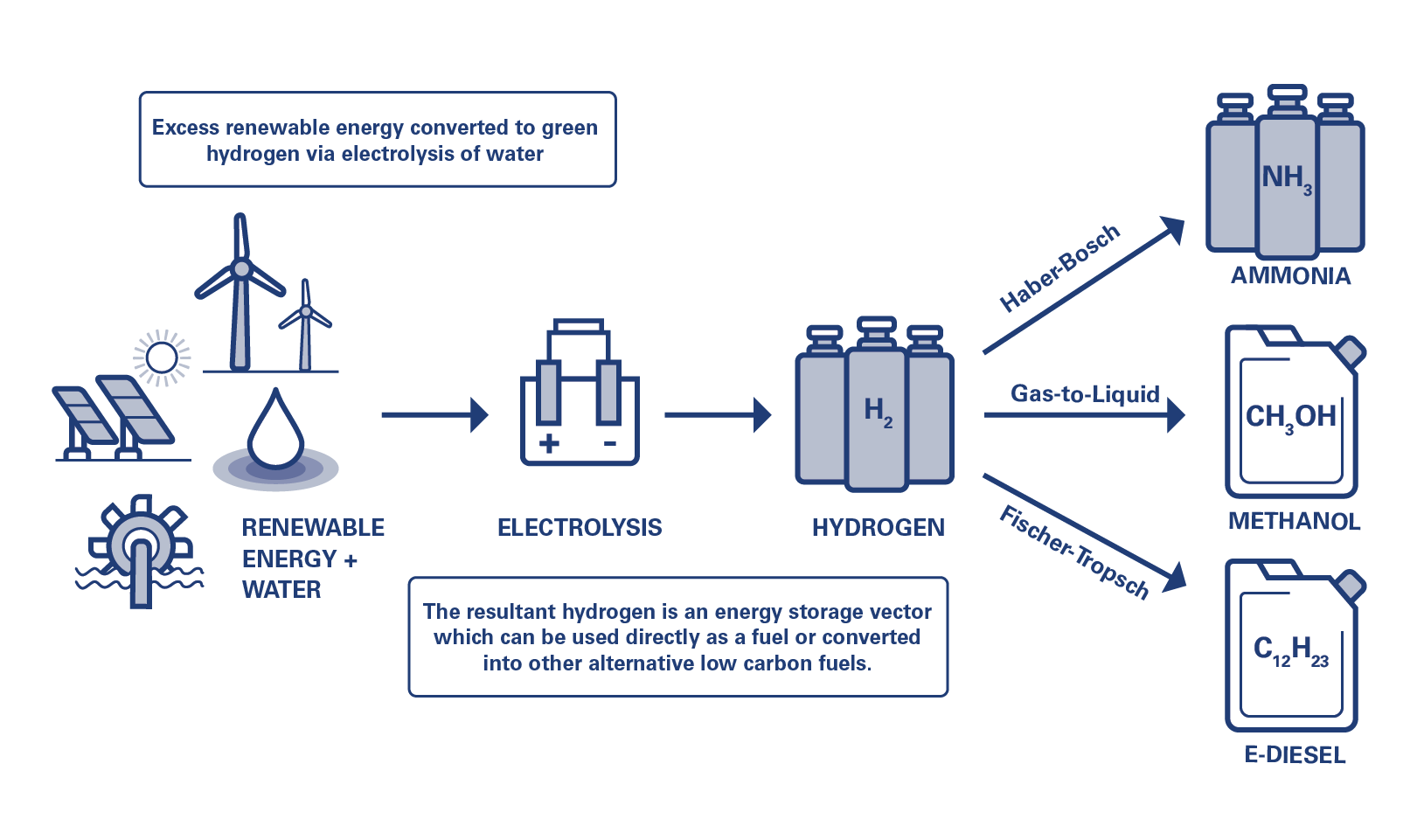The forthcoming Stage VI emissions standards will be a critical element in the ongoing quest for improving air quality, and it is essential we understand the impact it will have on the technologies required to comply.
The Stage VI regulation, like the current Stage V legislation, is expected to focus on reducing emissions harmful to health such as hydrocarbons (HC), carbon monoxide (CO), particulate matter (PM) and oxides of nitrogen (NOx). However, anticipated alignment with the recent Euro 7 directive means Stage VI is unlikely to directly address carbon dioxide (CO2) emissions.
Euro 7 regulations
Over the last few years significant effort and refinement has gone into the development of Euro 7 regulation resulting in well-defined emissions targets and an introduction date of July 2025 for light duty, and July 2027 for heavy duty applications. Now the content of the Euro 7 regulation is established, the definition of Stage VI regulations is expected to be, in comparison, a shorter and less controversial process.
The Euro 7 regulation is likely to significantly influence Stage VI, which should drive a similar level of technology development to meet either standard. The introduction date for Stage VI is likely to trail Euro 7 by approximately two years, leading to a probable introduction timeline of 2029-2030.
However, there is more to the future of emissions reduction than Euro 7 and Stage VI.
Alternative and net zero fuels and technologies to support them
Perhaps the most significant consideration for the future is how alternative fuels will enable the net zero transmission and how the technologies that support this are developed.
Much work is being done to increase the global understanding of this, not least research projects that we are involved in with UK based universities, and our own independent research too.
What is clear however, is that there is still a place for the internal combustion engine (ICE), albeit powered by net zero fuels. These fuels will include hydrogen, ammonia, methanol, e-diesel, biodiesel, and fugitive methane. Many of these fuels are reliant on one common element, hydrogen. Without an abundance of hydrogen from low carbon sources it is not possible to synthesise low carbon ammonia, methanol, or e-diesel.
Whilst net zero fuels may solve some of the global challenges being faced, it will not remove the need for emissions technologies and different exhaust aftertreatment system architecture. However, it’s important to recognise that the types of exhaust aftertreatment systems will vary for each different fuel type.
To that end, we are making considerable investment to develop these systems which support the net zero drive and the switch to alternative fuels, which is far more complex than most would have envisaged.
Supporting the transition
Whilst our focus is still very much on continuous improvement of our exhaust aftertreatment system (EATS) technologies to ensure diesel and gas engines operating in on-road, marine, construction, rail and power generation industries comply with the latest emissions regulations, we are also dedicated to exploring powertrains of the future and the impact of their requirements for next generation emissions reduction technologies.
Electrification cannot be the answer to replace the internal combustion engine in all sectors.
Similarly, equipping a cargo vessel with battery power is far from a realistic prospect, and mobile power solutions cannot be fully electrified.
Alternative and net zero fuels, therefore, will certainly play a crucial and significant role in future powertrains and we are developing solutions to facilitate this and pioneer technologies for a greener planet.
The future
Undoubtedly, Stage VI will deliver further improvements to emissions, albeit without compromise. Quite whether it is the step towards net zero carbon targets required remains to be seen.
Perhaps more consideration needs to be given to a statement in the EU Green Deal which sets a goal for the EU ‘to become the first climate-neutral continent by 2050’ which will require ‘ambitious changes in transport’.
Whether these changes are occurring in a cohesive manner is yet to be demonstrated. Currently, it appears private industry is leading the development of pioneering technologies to explore the full potential of alternative and net zero fuels and make those ‘ambitious changes in transport’.
Finding the balance of driving forward emissions regulations and best utilising what we have already, must be a primary consideration and this is where our developments in emissions reduction technologies can transform industries and achieve the greatest emissions reduction and protect public health, whilst improving air quality now, and for the future.
Click here to read the full white paper.
